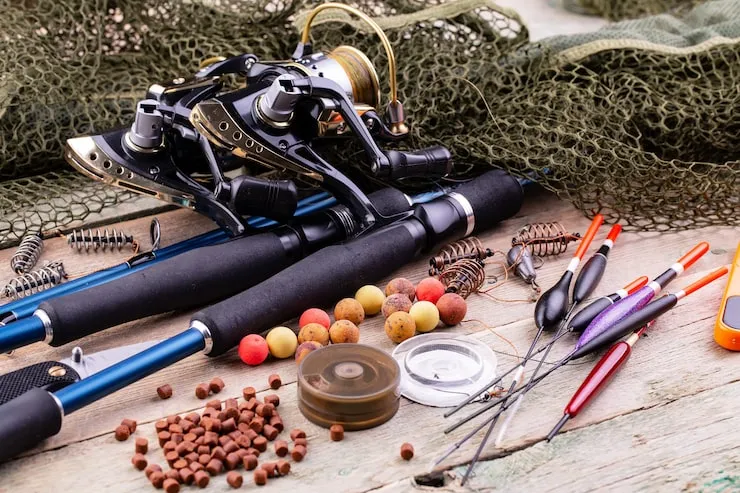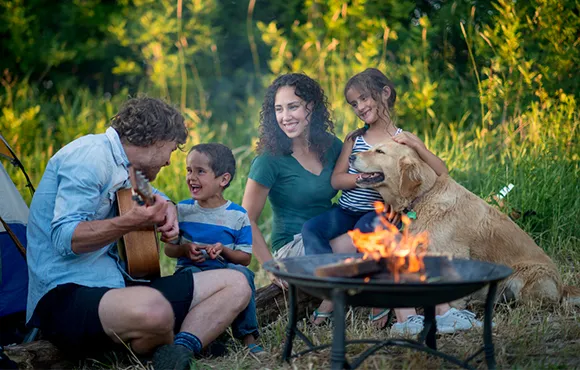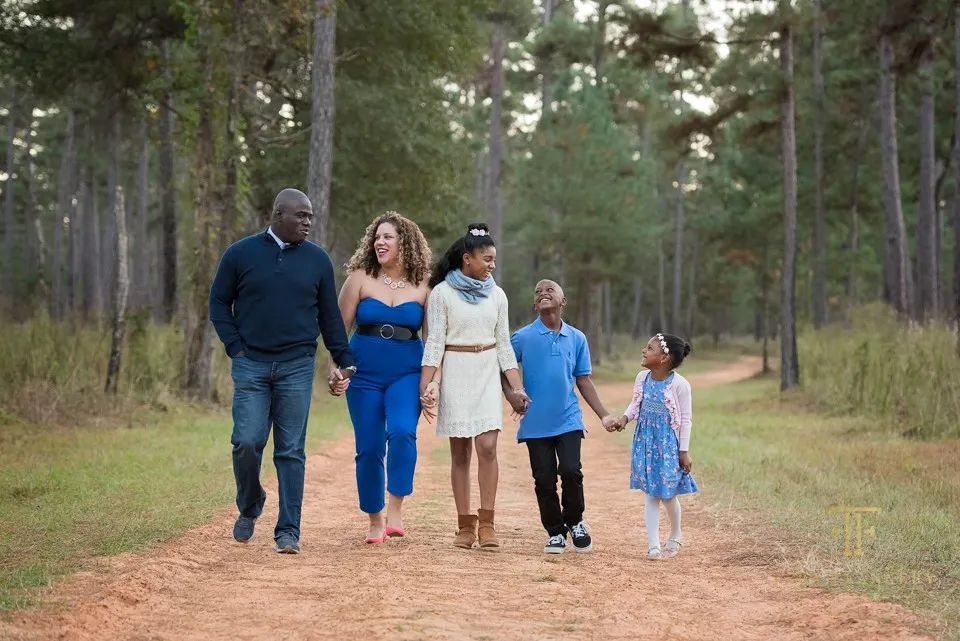
One of the most intimidating things you can do as a photographer is to provide every frame of a photoshoot to a photo editor at a respected organization like National Geographic. Photographers are so used to sharing only our best images with the world. After all, we are magicians with the camera and never make mistakes, right?
Why do editors require photographers to provide every frame shot on assignment? One reason is because we are so close to our work that it is often difficult for us to choose the best frames. An unbiased eye can provide invaluable insight in the selection process.
Another reason we have to provide every frame is because editors want to see how we approach subjects. They want to know how we think as photographers. Did we explore the subject in depth to reveal the best angle, light and composition? Or did we miss the shot they were looking for?
There’s an old National Geographic expression about photography that is used to describe this kind of depth of exploration: “Dancing around the teacup.” If the subject of the assignment is a teacup, then most people will take a snapshot of that teacup and be happy with that. Amateur photographers will go a bit deeper and explore the teacup from a few different angles, thinking they got a good shot. But if you were to look at a pro photographer’s photo library of that same teacup, they will have shot it from every angle—above, below, every side and underneath. They will have come back during different times of the day to see how the light changes, they will have experimented with natural and flash lighting, and they will have even taken risks that rarely pay off, like attempting long handheld shutter speeds.
In other words, they get to the heart of how to best represent that teacup and express their personal view through deep and continual exploration.
When I am teaching photography workshops, the single biggest lesson that always makes the most improvement for the students is to simply slow down and “dance around the teacup.” It always amazes me what results from that single idea. The wiser I become and the more experienced I get in the photo community, the more important this concept has become to my work.
So how do you approach photographing fall foliage in a place like Aspen, Colorado, where one is surrounded by, well, groves of aspen trees? The process is the same: By going deeper, looking for light and shadow, by scouting when the light is poor, and by returning to those subjects to see how the light changes. Dance, dance, dance around that teacup…err, aspen grove.
Here are my top 10 tips for ways to go beyond the snapshot for a deeper exploration into photographing fall foliage.
1. Combine Light & Shadow For Layers Of Depth

This is a scene that I passed many times on my way up and back out the valley roads but didn’t stop because lighting was never right. The light was either too low, putting everything in shadow, or too overhead, washing out the entire scene. To create depth and layers, I waited until the sun was at a point just behind the mountains in the background to light up only a portion of the trees in the foreground. The difference is subtle, but the effect is a much more pleasing image. Pay attention to how light is falling on the subject and watch for the natural contours of the land to shape the light to your advantage.















